Voices by Hall & Oates
Buy Voices Hall and Oates finally reached commercial pay dirt with their ninth studio album, Voices. Released in the summer of 1980, this record was on the Billboard album charts for over 100 […]
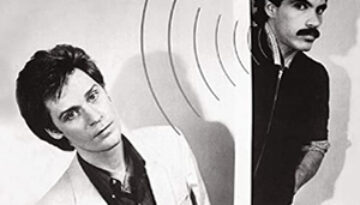
Buy Voices Hall and Oates finally reached commercial pay dirt with their ninth studio album, Voices. Released in the summer of 1980, this record was on the Billboard album charts for over 100 […]
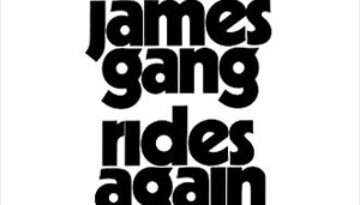
Buy James Gang Rides Again The James Gang reached the peak of their relatively short time together with front man Joe Walsh with their sophomore album James Gang Rides Again in the summer […]
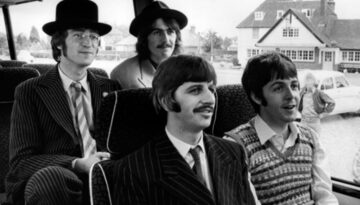
On the 52nd birthday of co-founder Karyn Albano, we celebrate this brave milestone we are putting together a special list of Karyn’s personal 52 great moments in music since July 10, 1968. First, […]
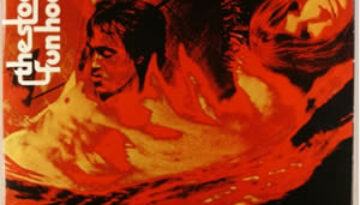
Buy Fun House The second of the initial trio of albums by The Stooges which were considered integral to the development of punk rock, Fun House, has consistently grown in critical stature in […]
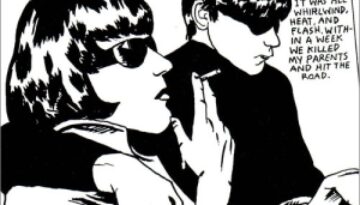
Buy Goo Sonic Youth‘s 1990 album Goo was a critical success and reached the highest album charting position of the group’s career. Their sixth overall release, this was the first after signing their […]